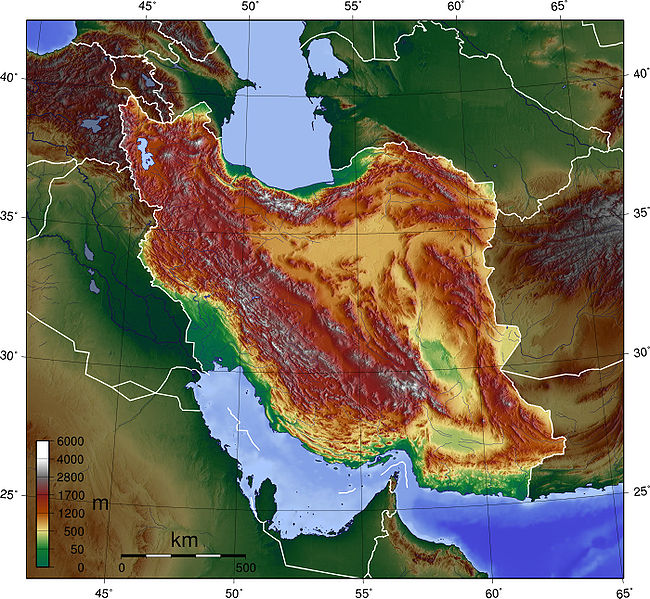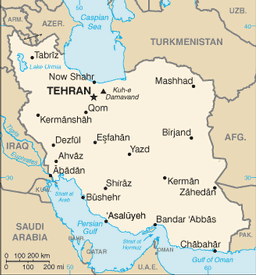Habitat and Adaptation:
The Wonderful World of Saffron
Crocus sativus
originated in Greece and
the Middle Eastern region of the world. Today 90% of the
world's saffron comes from Iran. However, saffron has
been found to grow in all sorts of different environments (i.e.
Mediterranean, India, and even New Zealand) due to its mode of
reproduction and
adaptation of
corms.
It is mainly found in the Mediterranean region of the
world, which is known to have cool to cold winters (frosts of
-10̊
C), seasons of heavy rainfall, and even extremely dry and
hot summers. Rain
can be beneficial to flowers before they bloom, however, heavy
rainfall and cold weather during flowering can cause disease
in the plant. In
addition, the saffron crocus flower favors soils that are packed
full of nutrients, light, and easy for their roots to move and
penetrate throughout such as clay-calcareous types.


Continue to the next page to find out how saffron can be used for Medical Uses.
Return to Homepage Go to MultipleOrganisms.net
